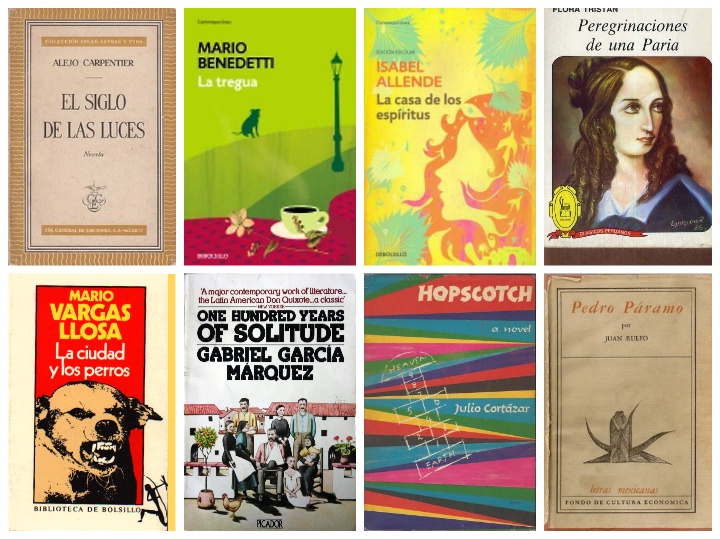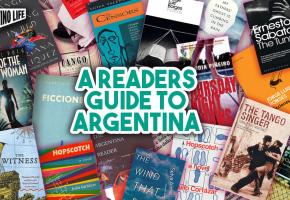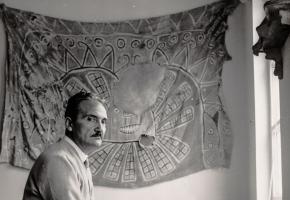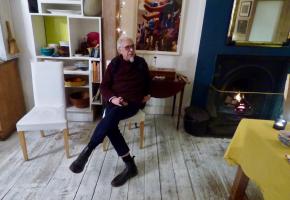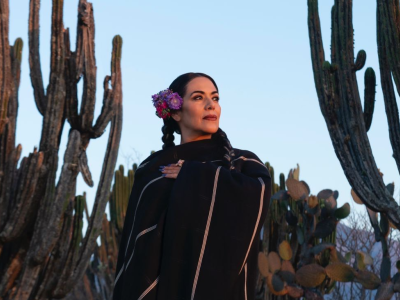Cien años de soledad (One Hundred Years of Solitude) and Amor en los tiempos de cholera (Love in a Time of Cholera) by Gabriel Garcia Marquez
So difficult to choose from the wonderful novels of Clombia’s most famous novelist, the master of modern magical realism, that we've chose two. The brilliant, bestselling, landmark One Hundred Years of Solitude Love tells the story of the Buendia family, and chronicles the irreconcilable conflict between the desire for solitude and the need for love—in rich, imaginative prose that has come to define an entire genre known as "magical realism." Love in the Time of Cholera is his most romantic novel, as love conquers all.
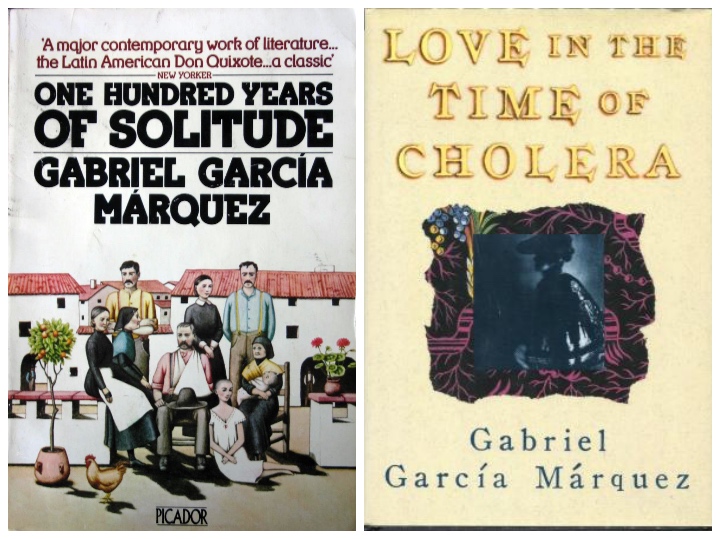
Ficciones (Fictions) by Jorge Luis Borges
Escape to other worlds dreamt up by Argentina's master of fabulous fictions. The seventeen pieces in Ficciones demonstrate the whirlwind of Borges's genius and mirror the precision and potency of his intellect and inventiveness, his piercing irony, his skepticism, and his obsession with fantasy. Borges sends us on a journey into a compelling, bizarre, and profoundly resonant realm; we enter the fearful sphere of Pascal's abyss, the surreal and literal labyrinth of books, and the iconography of eternal return.
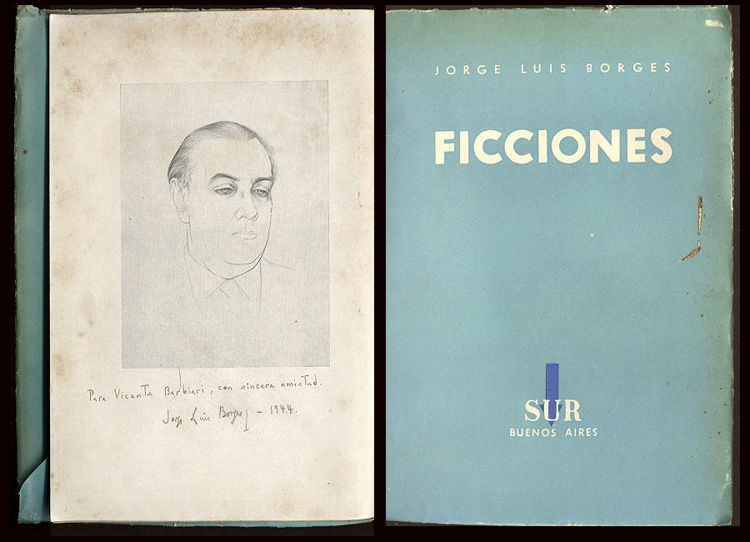
Peregrinaciones de una Paria (Perigrinations of a Paria) by Flora Tristan
A French-Peruvian socialist writer and activist in the first half of the 19th century, Flora Tristán was a leader in the European and American movements for women's rights and labor unions. She was also painter Paul Gauguin's future grandmother. A self-proclaimed pariah, she denounced the abuse of women and workers through her lucid discourse, and this is considered one of her most important works in which Flora travels back to Peru to claim part of her inheritance, and finds herself amidst sordid family’s stories and outstanding Peruvian women. With an amazing description of the Santa Catalina Convent, in Arequipa.
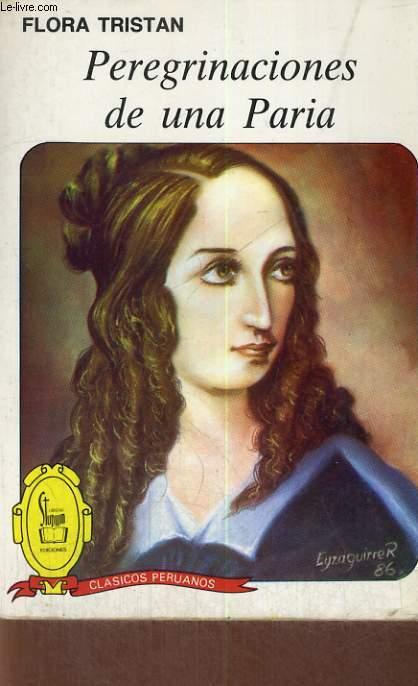
La Ciudad y Los Perros (The Time of the Hero) by Mario Vargas Llosa
This was The Peruvian Nobel Prizewinner’s first novel and is set among the cadets at the Leoncio Prado Military Academy in Lima, which he attended as a teenager. The novel portrays the school so scathingly that its leadership burned many copies and condemned the book as Ecuadorian propaganda against Peru. Notable for its experimental and complex employment of multiple perspectives in a non-linear fashion, it won the 1962 Premio Biblioteca Breve for best unpublished novel and was later turned into a film by Peruvian director Francisco Lombardi.
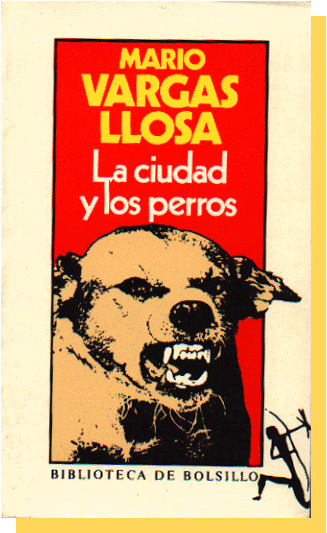
El Siglo de las Luces (Explosion in a Cathedral) by Alejo Carpentier
This novel by Cuban writer and musicologist follows the story of three privileged Creole orphans from Havana, as they meet French adventurer Victor Hugues and get involved in the revolutionary turmoil at the end of the eighteenth century. Originally published in 1962, this is one of the most influential works written during the so-called "Latin American Boom". Regarded as one of Latin America's greatest historical novels, Explosion in a Cathedral deals with the impact of the French Revolution on the Caribbean. The main characters are all members of one family: two siblings, Carlos and Sofia, and their cousin Esteban. The narrative deals with the cyclical nature of control, destruction, and development during revolution. Stylistically, it contains elements of existentialism and magical realism and mirrors the tension between Europe and Latin America.
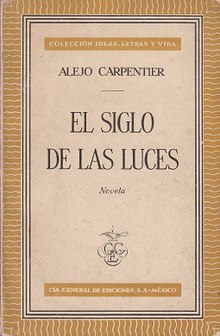
El Túnel (The Tunnel) by Ernesto Sabato
A dark, psychological novel written by Argentine writer Ernesto Sabato about a deranged porteño painter, Juan Pablo Castel, and his obsession with a woman. The story's title refers to the symbol for Castel's emotional and physical isolation from society, which becomes increasingly apparent as Castel proceeds to tell from his jail cell the series of events that enabled him to murder the only person capable of understanding him. Marked by its existential themes, El Túnel received enthusiastic support from Albert Camus and Graham Greene following its publication in 1948.
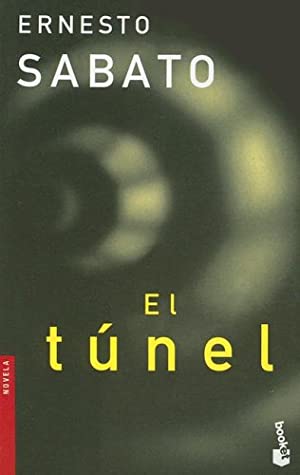
Pedro Páramo by Juan Rulfo
A man named Juan Preciado travels to his recently deceased mother's hometown, Comala, to find his father, only to come across a literal ghost town─populated, that is, by spectral figures. Initially, the novel was met with cold critical reception and sold only two thousand copies during the first four years; later, however, the book became highly acclaimed. Páramo was a key influence on Latin American writers such as Gabriel García Márquez who said that he felt blocked as a novelist after writing his first four books and that it was only his life-changing discovery of Pedro Páramo in 1961 that opened his way to the composition of his masterpiece, One Hundred Years of Solitude. Moreover, García Márquez claimed that he "could recite the whole book, forwards and backwards". Jorge Luis Borges considered the Mexican writer to be one of the greatest texts written in any language.
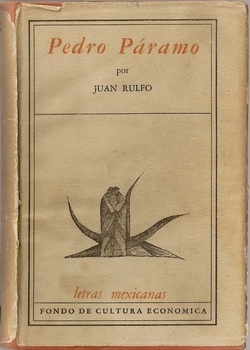
Rayuela (Hopscotch) by Julio Cortázar
Written in Paris, this novel by the Argentine novelist was published in Spanish in 1963 and in English in 1966. Hopscotch is a stream-of-consciousness novel which can be read according to two different sequences of chapters. This novel is often referred to as a counter-novel, as it was by Cortázar himself. It meant an exploration with multiple endings, a neverending search through unanswerable questions.
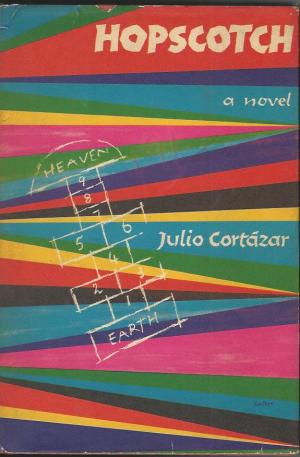
La casa de los espíritus by Isabel Allende
The Chilean author's debut novel was rejected by several Spanish-language publishers before being published in Buenos Aires in 1982. It became an instant best seller, was critically acclaimed, and catapulted Allende to literary stardom. The novel was named Best Novel of the Year in Chile in 1982, and Allende received the country's Panorama Literario award. The story details the life of the Trueba family, spanning four generations, and tracing the post-colonial social and political upheavals of Chile – though the country's name, and the names of figures closely paralleling historical ones, such as "the President" or "the Poet", are never explicitly given. The story is told mainly from the perspective of two protagonists (Esteban and Alba) and incorporates elements of magical realism.
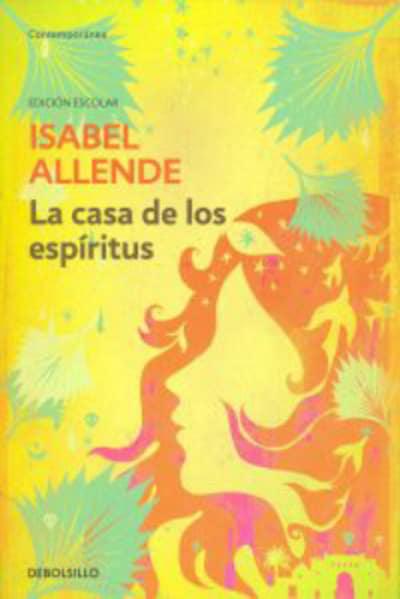
La tregua (The Truce) by Mario Benedetti
How to be alone in Montevideo by Uruguay's existentialist comrade. An intimate, heartbreaking diary of an ordinary man who is reborn when he falls in love one final time, this is one of Latin America’s most beloved novels. Forty-nine, with a kind face, no serious ailments (apart from varicose veins on his ankles), a good salary and three moody children, widowed accountant Martín Santomé is about to retire. He assumes he'll take up gardening, or the guitar, or whatever retired people do. What he least expects is to fall passionately in love with his shy young employee Laura Avellaneda. As they embark upon an affair, happy and irresponsible, Martín begins to feel the weight of his quiet existence lift - until, out of nowhere, their joy is cut short.

El laberinto de la soledad (The Labyrinth of Solitude) By Octavio Paz
Octavio Paz has long been acknowledged as Mexico's foremost writer and critic. In this international classic, Paz has written one of the most enduring and powerful works ever created on Mexico and its people, character, and culture. Compared to Ortega y Gasset's The Revolt of the Masses for its trenchant analysis, this collection contains his most famous work, "The Labyrinth of Solitude," a beautifully written and deeply felt discourse on Mexico's quest for identity that gives us an unequalled look at the country hidden behind "the mask." Also included are "The Other Mexico," "Return to the Labyrinth of Solitude," "Mexico and the United States," and "The Philanthropic Ogre," all of which develop the themes of the title essay and extend his penetrating commentary to the United States and Latin America.
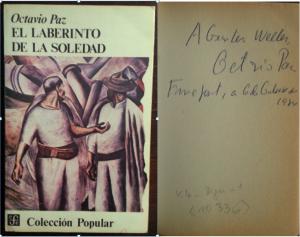
'Gabriela, clavo y canela' By Jorge Amado
Jorge Amado—novelist, journalist, lawyer—was born in 1912, the son of a cacao planter, in Ilheus, south of Salvador, the provincial capital of Gabriela, clavo y canela. His first novel, Cacao, was published when he was 19. It was an impassioned plea for social justice for the workers on Bahian cacao plantations; and his novels of the ’30s and ’40s would continue to dramatize class struggle. Not until the 1950s did he write his great literary comic novels—Gabriela, clavo y canela and Doña Flor y sus dos maridos—which take aim at the full spectrum of society even as they pay ebullient tribute to the region of his birth. One of the most renowned writers of the Latin American boom of the ’60s, Amado has been translated into more than 35 languages. A highly successful film version of Doña Flor was produced in Brazil in 1976. He died in 2001.


